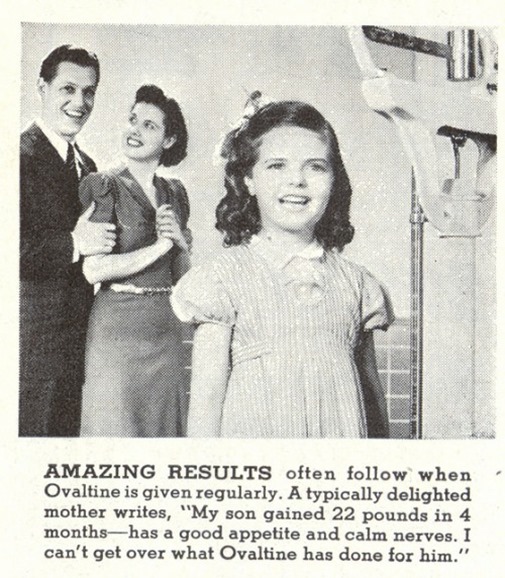
The singular 1946-48 Ford Sportsman is memorable not so much as a car as for its mission. Simply put, it was designed to lure buyers back to the showrooms after World War II by adding a touch of glamour to a very familiar-looking model line.

As the war drew to a close, most U.S. automakers had to decide between getting back into volume production quickly with warmed-over pre-war products or putting the rush on all-new post-war designs. Except for Studebaker, everyone did the former. Ford Motor Company had no choice. Though financed to the tune of-$700 million, it was heavily in debt and now faced the huge cost of winding down its war effort. Moreover, the death of company president Edsel Ford in 1943 and a resulting series of key personnel departures had left one of the nation’s largest employers in disarray, beset by power struggles among the old guard that remained.

It was for this reason that Edsel’s son, Henry Ford II, was given early discharge from the Navy, and he returned to Dearborn in September 1945 to take the helm of his family’s ailing company. “HF II” knew that there wasn’t enough time or money for getting out brand-new designs until 1948 at the earliest. And, as it turned out, there was really no need: a car-starved public was more than happy to buy almost anything on wheels, even recycled’ 42s. But he still wanted to offer something different, reasoning that if the first post-war Fords couldn’t be all-new, at least some of them could be strikingly different on the surface. Panelling convertibles in maple or yellow birch with mahogany-veneer inserts seemed like a pretty good way to do that.

The result was the Ford Sportsman and a kissin’ cousin, the Mercury Sportsman, the first product decisions made by the new man in charge. The concept had originated during the war with former styling director E.T. “Bob” Gregorie. It attracted HF II because it was easy and cheap to execute. The company already had a massive timber forest and processing plant at Iron Mountain, Michigan that had been supplying raw materials for Ford’s woody wagons since 1936, and a convertible would be no more costly or difficult to build.
 Each Sportsman began as a stock convertible with a section of rear sheet metal cut away, replaced by a steel” skeleton.” To this was fitted the wood framing, which was fully structural, made from solid wood blocks and mitred together with handcrafted precision. All 1946 Ford Sportsmans used “A” type framing with full-length horizontal members. Later cars employed “B” and “C’ styles with vertical segments. The 1946 rear fenders didn’t match the wooden trunk lid’s new curvature, but 1941 sedan delivery fenders did.
Each Sportsman began as a stock convertible with a section of rear sheet metal cut away, replaced by a steel” skeleton.” To this was fitted the wood framing, which was fully structural, made from solid wood blocks and mitred together with handcrafted precision. All 1946 Ford Sportsmans used “A” type framing with full-length horizontal members. Later cars employed “B” and “C’ styles with vertical segments. The 1946 rear fenders didn’t match the wooden trunk lid’s new curvature, but 1941 sedan delivery fenders did.
Otherwise, the Sportsman was much like any other 1946-48 Ford. It was offered only in upper-level Super DeLuxe trim and only with the 100-horsepower, 239.4-cubic-inch flathead V-8, essentially the existing Mercury unit now adopted for all V-8 Fords, and not the 9O-bhp ohv six. Standard equipment included hydraulic window lifts, leather upholstery, and dual visor vanity mirrors, all of which lifted initial base price to $1260, some $500 above the standard ragtop.

Despite its high price and only scant promotion, the Sportsman was a fair success. The first one was delivered to film actress Ella Raines on Christmas Day 1945, just three months after Henry Ford II took over as company president. Another 1208 followed for ’46. The’ 47 saw 2250 copies, plus another 28 that were reserialed as 1948 models. (The Mercury version appeared only for’ 46. Just 205 were built.) Weighing 100 pounds more than the standard convertible, the Sportsman wasn’t super-quick, but it could hit 85 mph flat out and 60 mph from rest in just under 20 seconds.
The Sportsman would be Ford’s only non-wagon woody, but it wasn’t the only one on the post-war market. Nash had its novel Suburban sedan, Chrysler its beautiful Town & Countrys. Still, the Sportsman accomplished its mission. Today, it’s a Ford to remember and cherish, a handsome reminder of a unique period in American automotive history.
In context
Ford also made some really handsome woody station wagons in this period too, both standard versions and 4x4s.


Read Full Post »






































![766_stupid ad_thumb[2] 766_stupid ad_thumb[2]](https://retrorambling.files.wordpress.com/2014/06/766_stupid-ad_thumb2_thumb.jpg?w=505&h=324)
![766_stupid ad2_thumb[2] 766_stupid ad2_thumb[2]](https://retrorambling.files.wordpress.com/2014/06/766_stupid-ad2_thumb2_thumb.jpg?w=505&h=324)
![766_stupid ad3_thumb[2] 766_stupid ad3_thumb[2]](https://retrorambling.files.wordpress.com/2014/06/766_stupid-ad3_thumb2_thumb.jpg?w=505&h=324)





